International
Cuba tries to recover two days after the impact of Hurricane Rafael

Brigades of linemen (electrician technicians) fixing laying and fallen poles on the ground, people cleaning the streets and some private businesses operating with generators illustrate this Friday Cuba’s attempts to recover, after two days of the impact of Hurricane Rafael.
There are still roads cut, streets crossed by fallen trees, debris and garbage accumulating, traffic lights turned off and many people on the streets collecting part of the damage caused by the cyclone that hit the west of the country with winds of up to 186 kilometers per hour and rains of up to 195 millimeters (or liters per square meter).
Many areas in the west of the country – including the capital – continue without electricity since Wednesday, despite the fact that the National Electric System (SEN) managed to unify again on Friday morning after almost 48 hours of fracturing in subsystems after the second total blackout in three weeks.
Cuba is recovering electricity after the passage of Hurricane Rafael
The SEN synchronization means that the whole country is already interconnected in a single network, but not all Cubans have electricity because in many places the poles, cables and transformers affected by the cyclone have not yet been repaired.
In Havana, with at least 495 fallen electric poles, only 17% of its almost two million inhabitants currently have electricity, according to official data.
In addition, great effects persist in the provinces of Mayabeque, Artemisa and Pinar del Río. These last two provinces are totally disconnected from the SEN.
In the rest of the country, blackouts are also occurring, but due to the SEN’s inability to produce enough electricity to meet demand, a chronic and growing problem in Cuba due to the frequent breakdowns of old power plants and the fuel deficit, the result of the lack of foreign currency to import it.
Resumption of classes and public transport
Rafael is the second hurricane to make landfall in Cuba in 2024. The previous one was Oscar, who hit the northeastern end of the island for 24 hours between October 20 and 21, leaving eight dead, 12,000 damaged homes and 13,000 hectares of crops affected.
The authorities do not report missing or deceased for the moment due to Rafael, who have recognized “strong damage” in homes, infrastructure and crops of Artemisa, Mayabeque and Havana, although without providing specific figures for the moment.
They also reported that the 250,000 evacuated throughout the country by Rafael, most of them in Havana, are returning to their homes as conditions improve.
As part of the recovery, the Minister of Education, Naima Trujillo, assured that next Monday the school year will resume “in most institutions”, after its suspension prior to Rafael’s impact. In the west there are many schools with affected.
In Havana, the local transport company reported on the “gradual restoration” of service in the main arteries, but said that the maritime transport of passengers through the capital’s bay remains suspended.
Damage to housing and agriculture
Rafael made landfall in Cuba as a hurricane of great intensity on Wednesday afternoon and crossed the island from south to north for more than two hours.
In Artemisa, where Rafael made landfall on Wednesday afternoon as a category three hurricane, the houses affected total 2,825, according to the official newspaper Granma, which presented a meeting of the National Defense Council headed by Cuban President Miguel Díaz-Canel.
Artesa authorities detailed that there is damage to 15,000 hectares of banana, cassava, bean and rice crops; and 40 schools suffered damage. In Mayabeque they counted 441 homes with “significant damage” and reported damage to agriculture as in Artemisa. In Havana they reported more than 461 collapses between total and partial.
The most critical situation in the Cuban capital, in addition to the 461 total and partial collapses, is concentrated in the fallen trees, which have torn off electrical and telephone cables, reported the local governor, Yanet Hernández.
International
Meta Says Russia Seeks to Ban WhatsApp for Defending Secure Communication

U.S. tech giant Meta, the parent company of WhatsApp, said that Russia is seeking to ban the messaging app because it “challenges government attempts to violate people’s right to secure communication.”
Russian authorities have encouraged citizens to switch to state-backed applications, and in August they already blocked WhatsApp’s calling feature.
On Friday, the communications regulator Roskomnadzor claimed that the platform was being used to “organize and carry out terrorist acts in the country, recruit perpetrators, and facilitate fraud and other crimes.”
“If the messaging service does not comply with Russian law, it will be completely blocked,” the regulator warned.
WhatsApp remains one of Russia’s most widely used messaging services, alongside Telegram.
Moscow is pressuring both platforms to grant authorities access to user data upon request for investigations into fraud and activities the government labels as “terrorist.”
Human rights advocates fear the demand could be used to target critics of the Kremlin, President Vladimir Putin, or the war in Ukraine.
International
Archbishop Wenski criticizes Trump’s deportation policies, calls for stronger push for reform
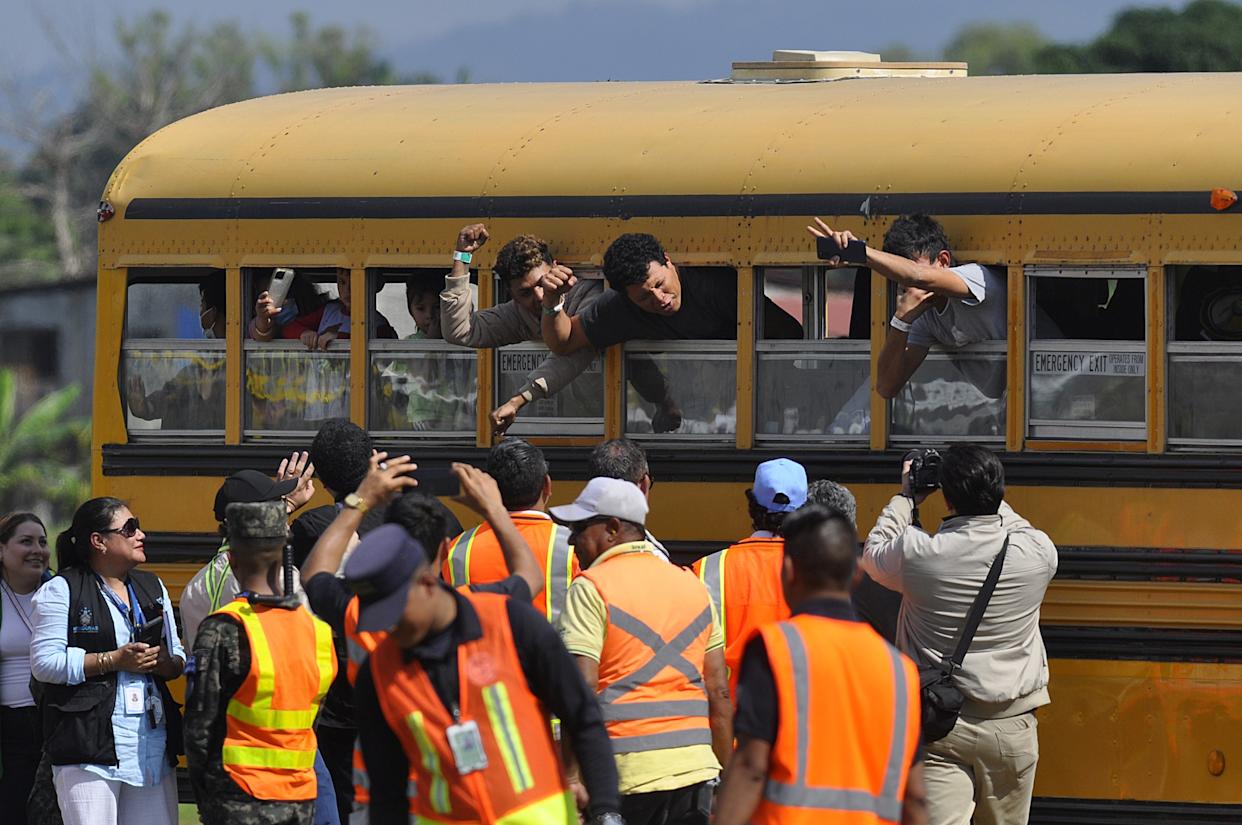
The Archbishop of Miami, Thomas Wenski, has called for increased pressure on the U.S. Congress to advance comprehensive immigration reform and criticized President Donald Trump’s mass deportation policies, arguing that they “do nothing to help.”
“We need to apply more pressure on Congress so lawmakers can make the necessary changes. It is also important for the Administration to listen to our voice. We do not want to be anyone’s enemy—we are Americans,” Wenski said in an interview with EFE.
The religious leader, who heads one of the dioceses with the largest Latino and Haitian populations in the United States, issued a call to defend the rights of migrants. He also emphasized that the U.S. Conference of Catholic Bishops (USCCB) has maintained a strong and public stance in favor of migrants for decades.
International
Trump relaunches diplomatic push to finalize U.S.-Backed peace plan for Ukraine War

U.S. President Donald Trump announced on Tuesday that his diplomatic team will resume meetings with delegations from Russia and Ukraine in an effort to pressure both sides to accept the peace plan proposed by Washington to end the war in Ukraine.
As part of this new round of talks, U.S. Special Envoy Steve Witkoff will travel to Moscow to meet with Russian President Vladimir Putin. Meanwhile, Army Secretary Dan Driscoll will hold discussions with Ukrainian representatives to narrow differences on the remaining points of the agreement.
Trump also confirmed his intention to meet personally with Ukrainian President Volodymyr Zelensky and with Putin, though he emphasized that such meetings will only take place “when the agreement is fully finalized or in its final stage.”
The president claimed that his administration has made “tremendous progress” toward resolving the conflict and reiterated that the war “never would have started” if he had been in the White House at the onset of the crisis.
The U.S.-backed peace plan consists of 28 points and has been revised following feedback from both sides. According to Trump, only “a few points of disagreement” remain under active discussion.
One of the most controversial aspects of the proposal is the suggestion that Ukraine cede parts of the Donbas region to Russia and limit the size of its armed forces. Kyiv is working closely with Washington to soften these clauses in search of an arrangement that does not compromise its sovereignty or security.
With this diplomatic push, Trump aims to solidify his role as the main mediator in the conflict and steer the war toward a political resolution after years of devastation, humanitarian crisis, and rising global geopolitical tensions.
-

 International4 days ago
International4 days agoTrump relaunches diplomatic push to finalize U.S.-Backed peace plan for Ukraine War
-

 International4 days ago
International4 days agoBolsonaro misses appeal deadline, faces imminent prison order by Brazil’s Supreme Court
-
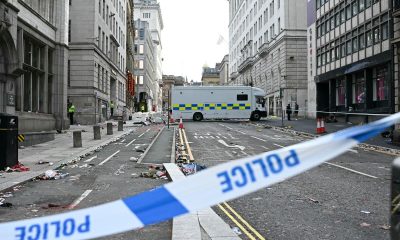
 International4 days ago
International4 days agoMan pleads not guilty in Liverpool parade incident that injured more than 130
-
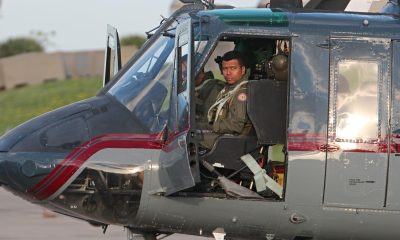
 Central America2 days ago
Central America2 days agoPanama reinforces security with new helicopters and Super Tucano Aircraft purchases
-

 International4 days ago
International4 days agoMacron to announce new voluntary military service amid rising security concerns in Europe
-

 Central America2 days ago
Central America2 days agoTrump urges hondurans to back conservative candidate Nasry Asfura in november elections
-
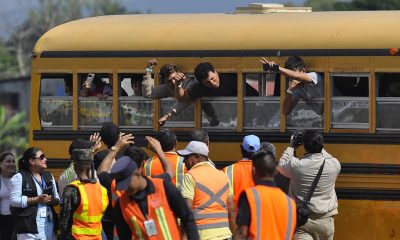
 International2 days ago
International2 days agoArchbishop Wenski criticizes Trump’s deportation policies, calls for stronger push for reform
-

 Central America14 hours ago
Central America14 hours agoTrump Pardons Former Honduran President Hernández and Warns of Aid Cuts Ahead of Election
-
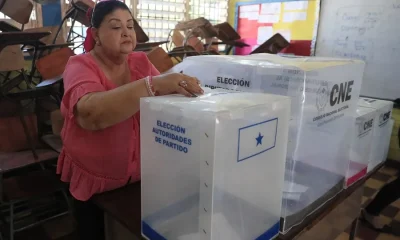
 Central America2 days ago
Central America2 days agoWashington calls for oversight as Honduras faces allegations of electoral interference
-

 International14 hours ago
International14 hours agoMeta Says Russia Seeks to Ban WhatsApp for Defending Secure Communication






























